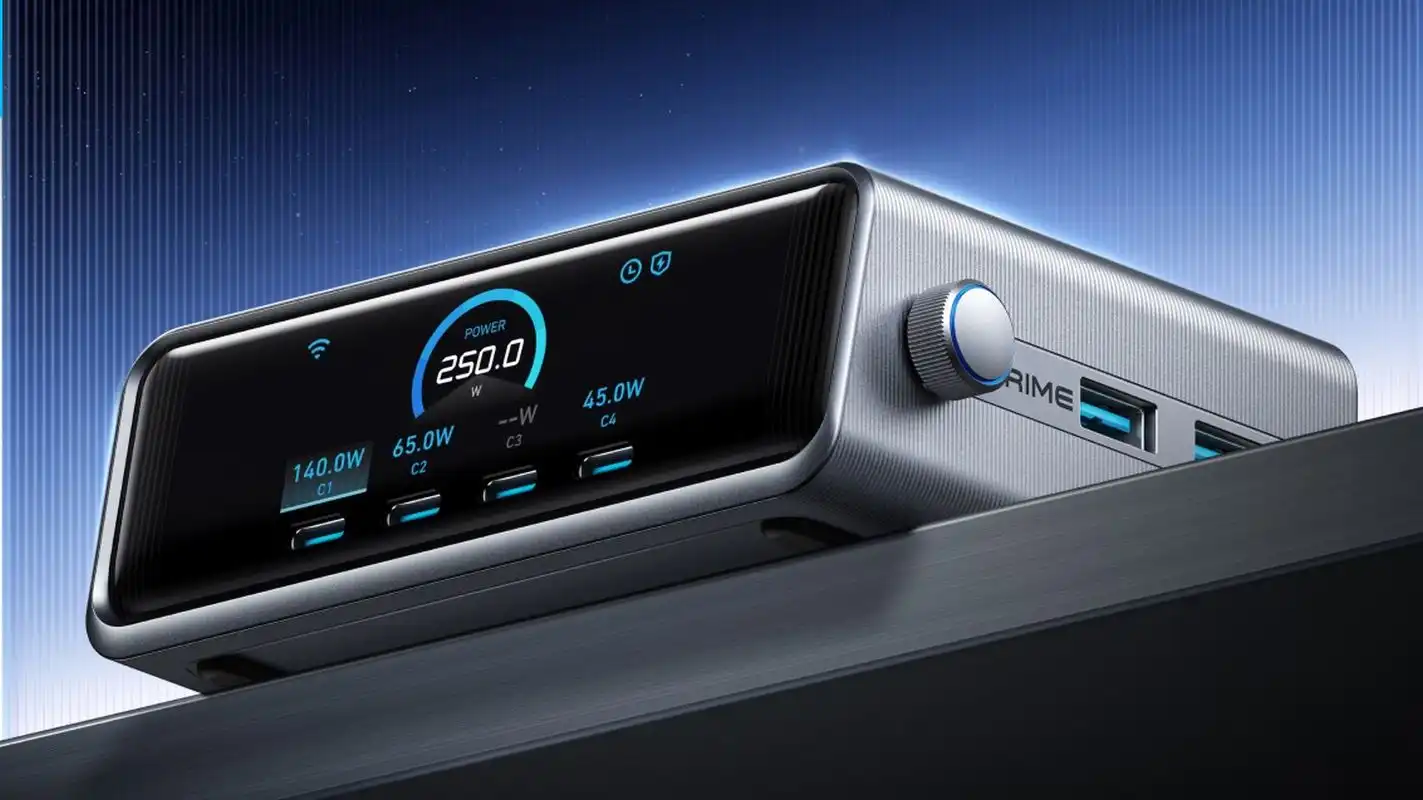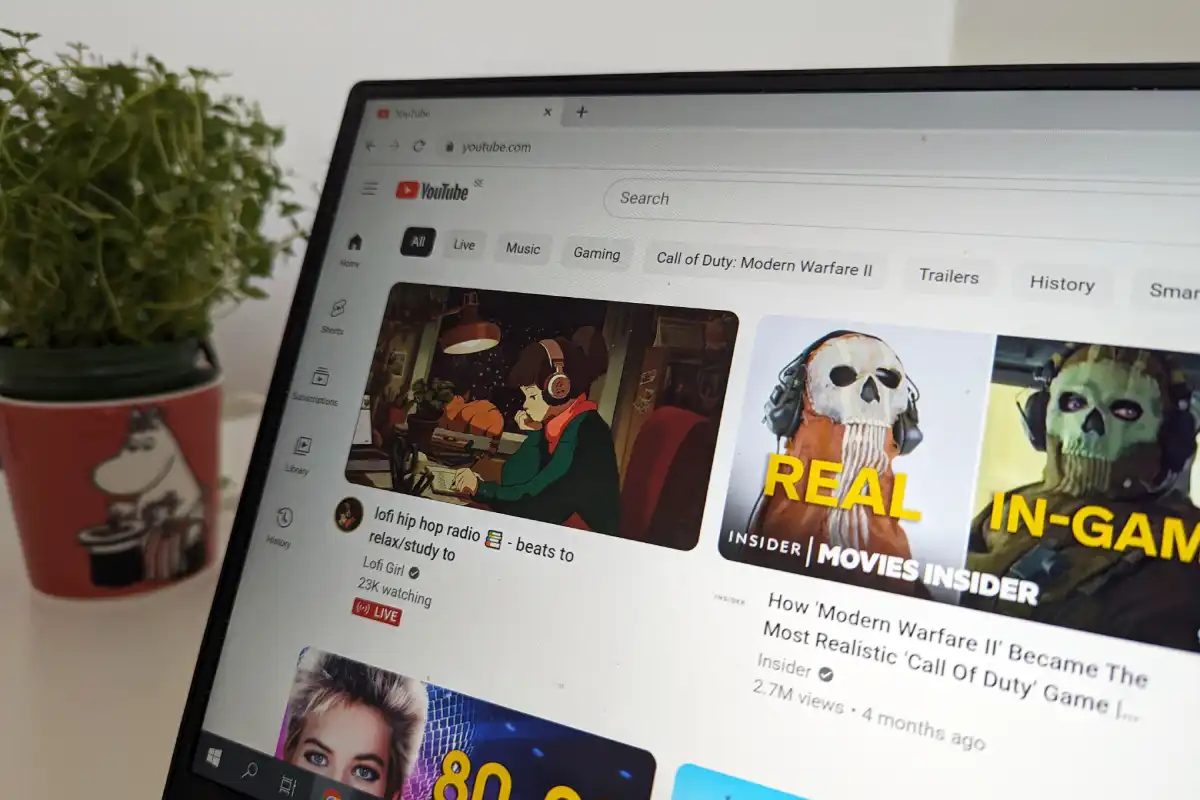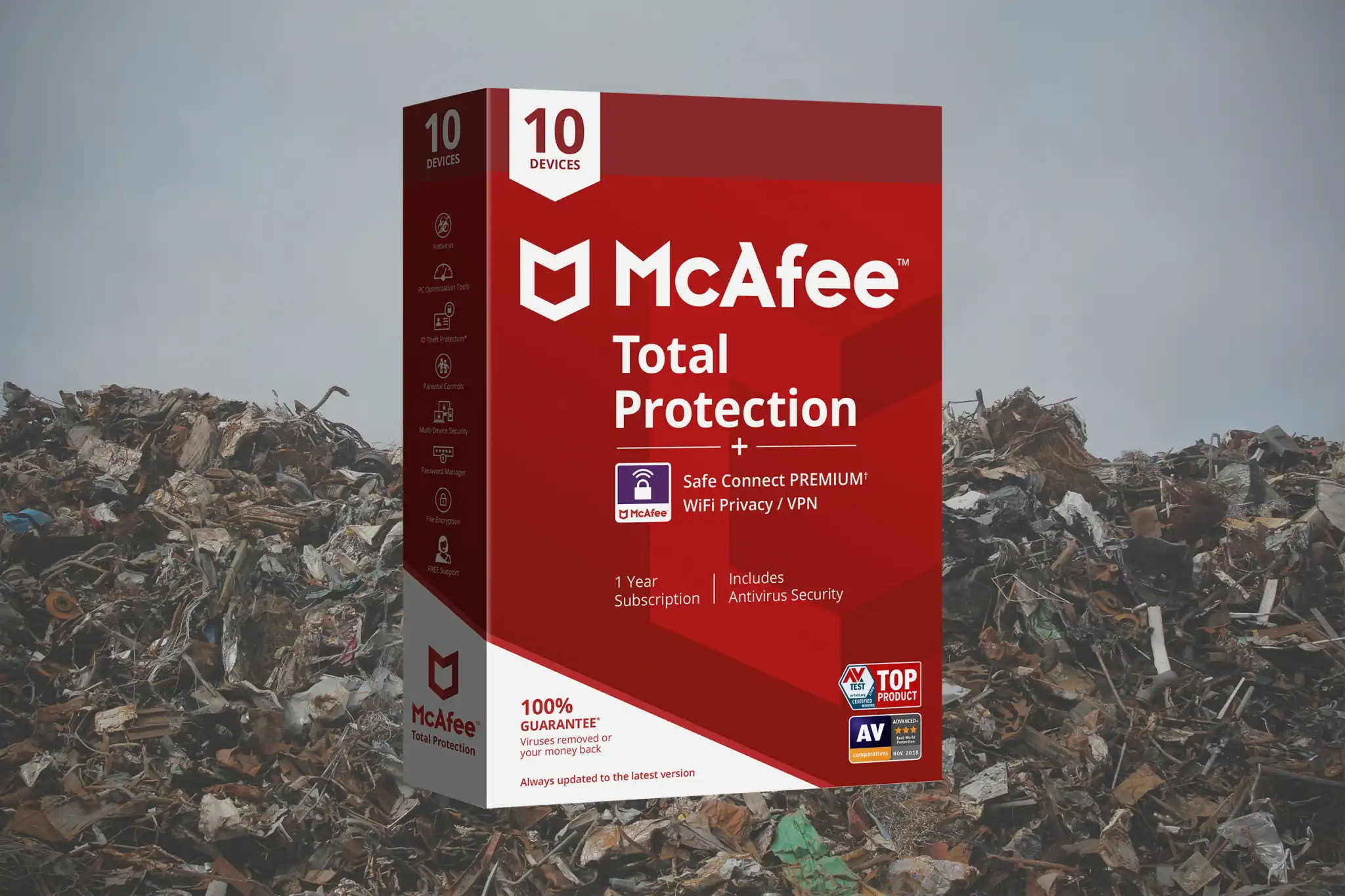Video editing can put a heavy burden on any computer. So, when shopping for a laptop for video editing, you’ll want to make sure you’re loading up with some heavy hardware firepower. While you might not need the absolute top-of-the-line gear, simply buying a gaming laptop and calling it a day is probably not going to cut it. Serious video editors need to take into account a few things, including processor and graphics performance, the quality of the display, port selection, and other factors.
Why you should trust us: PCWorld has been covering PCs since 1983, and reviews more than 70 laptops a year in our never-ending quest to find the best laptops. Our expert reviewers evaluate every machine using a combination of performance benchmarks and rigorous usability standards, with an eye toward identifying the best laptops for specific needs and at various price points. Take a look at our top picks for video editing below, followed by buying advice and more details about our testing process.
Dell XPS 17 (2023) – Best laptop for video editing

Pros
- Expansive 17-inch 16:10 display
- Thin chassis
- Incredible battery life
Cons
- High price without OLED display
- Low-wattage GPU limits 3D performance
- Low-res 720p webcam
We consider the Dell XPS 17 the ultimate content creation laptop, so it’s no surprise to see this atop our list of the best laptops for video editing. The latest generation comes with an Intel 13th-gen Core i7-13700H processor and Nvidia GeForce RTX 4070 inside which will deliver plenty of punch for intense edits, while a 1TB SSD delivers top-notch storage performance for moving big projects around.
The XPS 17 also includes crucial extras coveted by video editors, such as an SD card reader, plenty of Thunderbolt 4 ports, and a gorgeous 17-inch 3840×2400 resolution touchscreen panel. Dell even managed to cram all these niceties into a relatively portable-for-its-class 5.4-pound design that can run for an impressive 11 hours before needing a charge. For the price we would’ve liked to see an OLED display as an upgrade with this year’s model, but even without it the screen is still top-notch.
MSI Titan GT77 HX 13V – Best high-end laptop for video editing

Pros
- Excellent mechanical keyboard
- Class-leading Mini-LED display
- Incredible CPU and GPU performance
- 2TB of solid state storage with PCIe Gen5 support
Cons
- Uninspired design
- Short battery life
When it comes to video editing, the MSI Titan GT77 HX 13V ticks off all the right boxes. This rig sports powerful components and a stunning 4K display, which is the perfect combination for a creator’s laptop. It’s rocking an Intel Core i9-13980HX CPU, an Nvidia RTX 4090 GPU, 64GB of RAM, and 2TB of PCIe SSD storage. That’s a massive amount of storage right there, which is perfect for offloading large files. The 17.3-inch IPS display has a resolution of 3840×2160, a refresh rate of 144Hz, and a peak brightness level of 585 nits. According to our reviewer, it’s the highest brightness on record for any laptop in SDR. IPS displays tend to have superb color accuracy as well as wide viewing angles, by the way. However, it does have one major shortcoming and that’s the astronomical price. If your budget knows no limits and you’re looking for an absolute beast of a laptop, then the MSI Titan is worth considering.
Dell XPS 15 9520 – Best 3.5K OLED option

Pros
- Stellar OLED display
- Chassis is rugged and gorgeous
- Booming audio
- Roomy keyboard and touchpad
Cons
- 15.6 < 16 inches
- Underwhelming battery life
- Webcam is behind the times
- Limited ports
The Dell XPS 15 9520 has a stunning OLED display, and with its Intel Core i7-12700H CPU and GeForce RTX 3050 Ti graphics, it has become one of our favorites for content creators and video editors. To add to an already impressive system, the rugged and beautiful all-metal enclosure is a cherry on the top of a premium-quality cake.
Of course, as a performance-oriented laptop, the Dell XPS 15 9520 isn’t the most portable, weighing a little over 4 pounds. But if you want a real workhorse with a screen that will do your video editing justice, you’ll find that the 3456X2160 resolution, 16:10 aspect ratio, and ultra vivid and accurate colors are the ticket.
Asus Vivobook Pro 16X OLED – Best for work and play

Pros
- Excellent power from the CPU and GPU
- The 3.2K OLED display is gorgeous
- Great connectivity: includes 2 x Thunderbolt 4 ports
Cons
- Middling battery life
- The design still looks industrial
- It’s slightly thicker than its predecessor
Sure, you may be a video editor by day, but what if you want to game by night? You need a laptop that does both. Enter the Asus Vivobook Pro 16X. This incredibly powerful dual-use laptop comes with pretty much everything you need to do top-quality video editing work as well as cutting-edge gaming. It packs an Intel Core i9-13980HX processor, an Nvidia GeForece RTX 4060 GPU, and 32GB of RAM. With those features you’re getting desktop power in a laptop.
Another reason to like the Vivobook Pro is it’s superb OLED display with a 3200X2000 resolution and a 120Hz refresh rate. That isn’t quite to the professional standards of the MSI Titan G77’s 4K display, but it’s still very good and dishes up decent motion clarity and crisp detail while gaming. The main downside is that the battery life is less than optimal, but that’s par for the course when running this many powerful components. It also only comes with 32GB of RAM, which while good, might not be enough for super-intensive rendering projects. That being said, the Asus Vivobook Pro 16X still offers up dollops of power for both work and play.
Razer Blade 14 (2023) – Best ultra-portable laptop for video editing
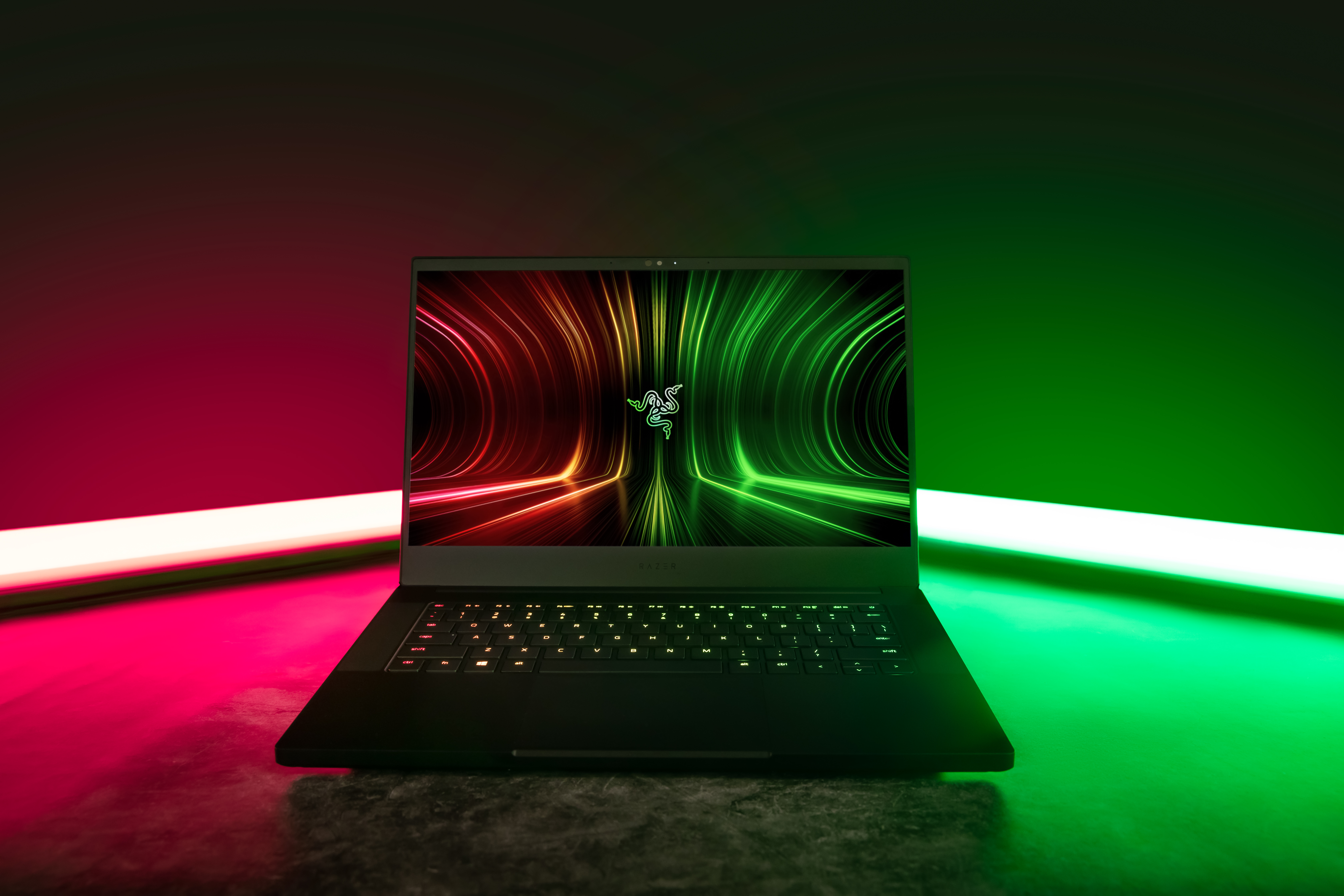
Pros
- The CPU and GPU power is impressive
- The QHD+ display looks superb and is very smooth
- The build quality is exceptional
Cons
- The keys are quick but can sometimes feel a bit mushy
- The audio sounds a bit flat at times
- The top-tier configuration is quite pricey
If pure portability is essential, consider the Razer Blade 14. This ultra-thin laptop measures just 0.7-inch thick and tips the scales at a shade over 4 pounds, making it significantly smaller than most laptops with video editing chops. But Razer didn’t skimp on the firepower either, loading the latest Blade 14 with AMD’s 8-core Ryzen 9 7940HS CPU, Nvidia’s 12GB GeForce RTX 4070, a 1TB NVMe SSD, and 32GB of memory.
You’ll give up some perks in exchange for the Blade’s portability though: The 14-inch IPS-grade screen comes factory calibrated, but tops out at 2560×1600 resolution—still an upgrade from the 1440p of the previous model. This means that 4K video editing is off the table, though the laptop supports the full DCI-P3 color gamut. Razer’s notebook also lacks an SD card slot. But if you need a fierce rig that can chew through edits and renders, that also fits into your bag with ease, the Blade 14 is worth considering.
Dell Inspiron 16 – Best for battery life

Pros
- Roomy 16-inch 16:10 display
- Long battery life
- Competitive application performance
- Comfortable keyboard and huge touchpad
- Quad speakers pump up the jams
Cons
- Lone GPU upgrade is lackluster
- Can’t go bigger than 512GB SSD
- Large screen can feel awkward in tablet mode
If it’s battery life that you’re concerned about, the Dell Inspiron 16 should cover you just fine. When we ran our battery benchmark, which cycles through a series of tasks and videos until the laptop dies, the Inspiron 16 lasted a marathon 16.5 hours on a single charge. That should allow you to edit to your heart’s content while out on the road. Due to the battery, it isn’t the most portable, however, weighing in at a substantial 4.7 pounds.
It’s rather inexpensive, but for the price you will have to make sacrifices. It sports a Intel Core i7-1260P CPU, Intel Iris Xe graphics, 16GB of RAM, and 512GB of SSD storage. While that should get the job done with most video-editing projects, it does lack storage capacity, so you will need an external drive if you’re saving video files. What really makes this laptop shine though, is the outstanding battery life which is an often overlooked aspect of mobile video editors. And as a bonus perk, it also comes with a surprisingly robust quad speaker system. For ports, you’re getting two USB Type-C, one USB-A 3.2 Gen 1, one HDMI, one SD card reader, and one 3.5mm audio jack.
Acer Swift X 14 – Best compact design

Pros
- Excellent CPU performance
- Pleasant keyboard and touchpad
- Beautiful OLED display
- Good range USB-C and USB-A connectivity
Cons
- Generic design
- Extremely disappointing battery life
- RTX 4050 held back by 50-watt TGP
The Acer Swift X 14 is a compact laptop that comes with very strong performance features. At only 0.7-inches thick and weighing a mere 3.31 pounds, this laptop is super easy to carry around with you. The 13th-gen Core i7-13700H processor provides excellent CPU performance and the RTX 4050 graphics card will give you respectable GPU performance as well. Plus, this compact laptop comes with a gorgeous 14.5-inch 2880×1800 OLED display with a refresh rate of 120Hz—an excellent display that looks great anywhere.
However, due to all of these higher-end performance features, the Acer Swift X 14 battery life fell a bit flat in our tests lasting only four hours. Overall it’s a solid choice if you’re looking for a compact, powerful laptop at a reasonable price. It might not have the battery life to last on long-haul flights, but a trip to your local coffee shop for some quick editing while you caffeinate will be just fine.
Apple MacBook Pro (2023) – Best MacBook for video editing

Pros
- Good performance boost over its predecessor
- HDMI upgrade expands external display options
- Equipped with Wi-Fi 6E and Bluetooth 5.3
Cons
- 1080p camera without Center Stage
- Some will deem the notch unsightly
- Touch Bar fans will be disappointed
- No ethernet port
If you’re in a long and committed relationship with Apple’s ecosystem, you should check out the latest MacBook Pro (2023) laptop. Not only are you getting a 19-core GPU, but also 2TB of SSD storage. That’s a ton of space and graphics firepower right there, which is vital for video editing tasks. The laptop’s 12-core M2 Pro CPU chip is a solid boost over last year’s model, too. In fact, according to the Geekbench 5 benchmark, Apple’s 20 percent improvement claim falls right in line with our results. The 16.2-inch Liquid Retina XDR display is also drop-dead gorgeous, with a maximum brightness level of over 1,000 nits and a crystal-clear resolution of 3456×2234. Editing on this screen should be a real delight.
What to look for in a laptop for video editing
The most important thing to look for in a laptop for video editing is its CPU and GPU. The faster your hardware, the faster your edits, essentially. In addition to subjecting all of the laptops above to our usual battery of benchmarks, we also ran the UL Procyon Video Editing Test on several high-powered laptops to see which hardware performs best for this sort of work. The benchmark tasks Adobe Premiere with importing two different video projects, applying visual effects such as color grading and transitions, and then exporting it using H.264, H.265 at both 1080p and 4K.
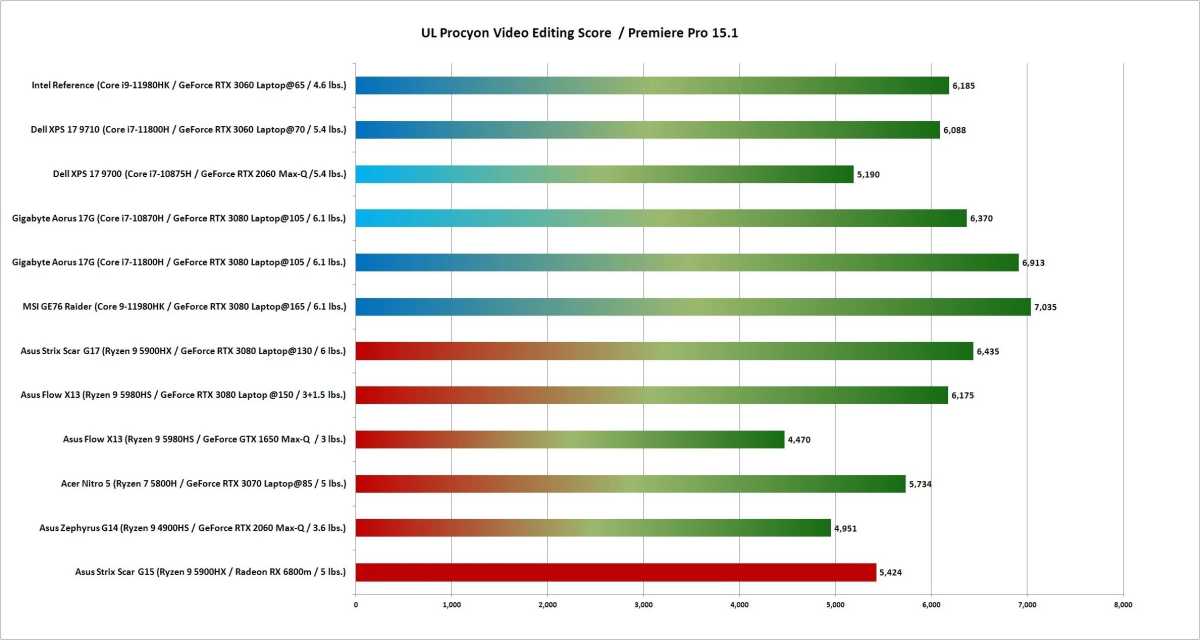
Gordon Mah Ung / IDG
The best performance came from big, heavy laptops running Intel’s 11th-generation processors, though notebooks with AMD’s beefy Ryzen 9 processors came in just behind, with 10th-gen Intel chips still putting up a respectable score. They’re not in the chart above, but newer Intel 12th-gen laptops run even faster still. The best-performing laptops all paired modern Intel CPUs with Nvidia’s RTX 30-series GPUs, which isn’t surprising as both companies have invested a lot of time and resources into optimizing their Adobe performance.
The GPU matters more than CPU in Premiere Pro, though things reach a point of diminishing returns very quickly. Notebooks wielding top-tier RTX 3080 graphics are indeed faster at video editing than laptops with more modest RTX 3060 graphics, but not by that much. If you look at the scores from the Dell XPS 17 9710, its GeForce RTX 3060 Laptop GPU is maybe 14 percent slower than the fastest RTX 3080 in the MSI GE76 Raider. That’s not a lot, especially when you consider how big and thick the GE76 Raider is compared to the Dell laptop.
In general, having any sort of discrete graphics is preferred, with at least an RTX 3060 recommended for serious video editing.
Video editing is very workflow dependent however. Your particular task and tool might be more CPU intensive, or lean more on the GPU than Premiere. If so, adjust your priorities accordingly. The selections above should all be great well-rounded options, however. Intel and Nvidia have spent years building up tools like Quick Sync and CUDA, respectively, and many video editing apps can see significant speed boosts because of it. AMD hardware does fine for video editing, but we recommend sticking to Intel and Nvidia unless you have a strong reason otherwise, especially if your workflow relies on their vendor-specific software optimizations.
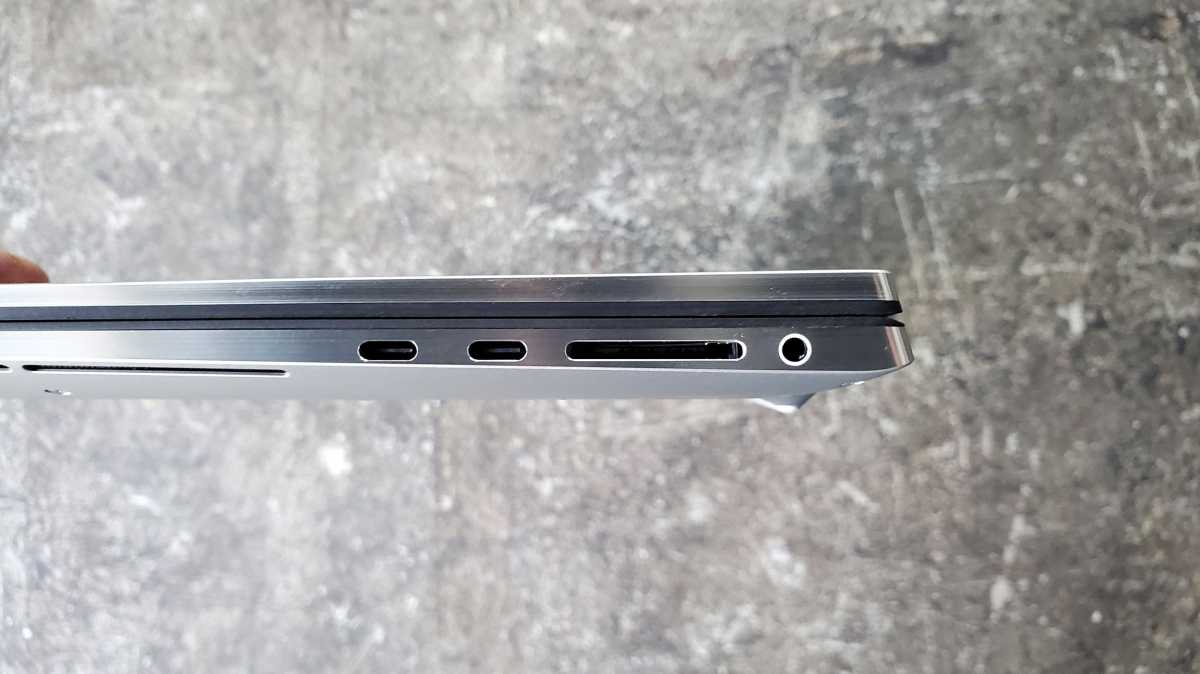
Gordon Mah Ung/IDG
It’s not all about the internals though. PCWorld video director Adam Patrick Murray stresses that an ideal laptop for video editing includes an SD card reader for grabbing video off a camera. He also recommends opting for a notebook with a 4K, 60Hz panel over the ultra-fast 1080p panels often found on gaming laptops that would otherwise be ideal for video editing. You need a 4K panel to edit 4K videos well, and blazing-fast refresh rates don’t mean anything for video editing like they do for gaming. If color accuracy matters to you—it might not if you’re only creating casual videos for your personal YouTube channel, for example—then support for the full DCI-P3 color gamut is also a must, along with Delta E < 2 color accuracy.
You won’t often find those sorts of specs listed for (or supported by) gaming laptops, but dedicated content creation laptops should include that information. That said, if you want the fastest possible laptop for video editing that can also satisfy your gaming proclivities, you can always pair that burly gaming laptop with a color-accurate external monitor for creation tasks.
If you’re looking for a more general purpose notebook, be sure to check out our guide to the best laptops for picks for every budget. You may also find solid laptops for video editing for cheap in our roundup of the best laptop deals, which we update daily with the latest sales.

